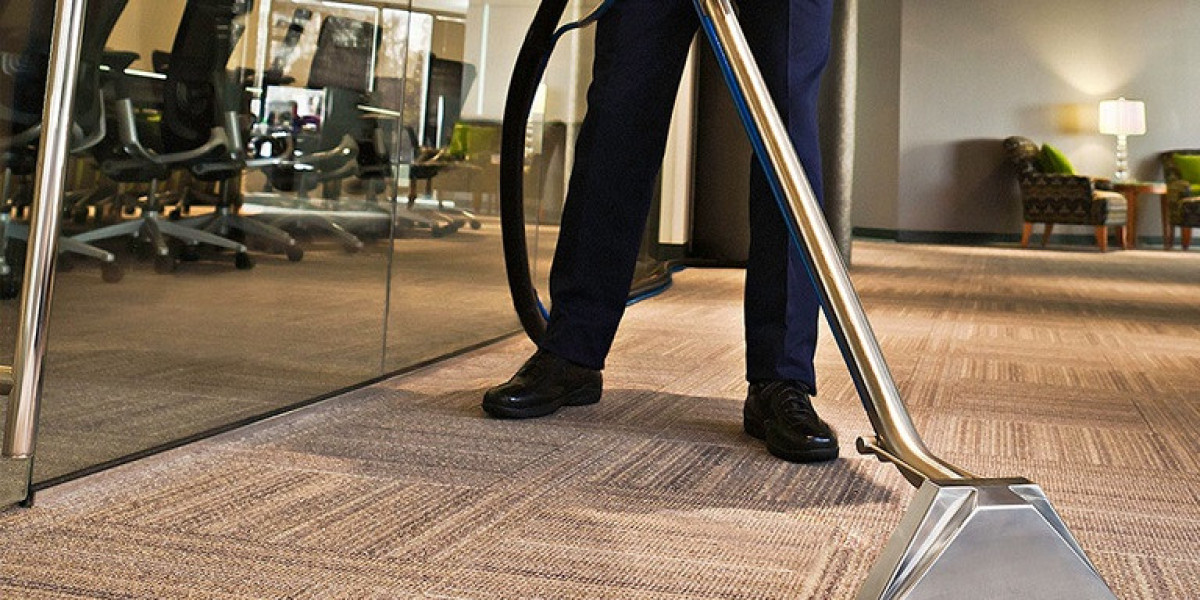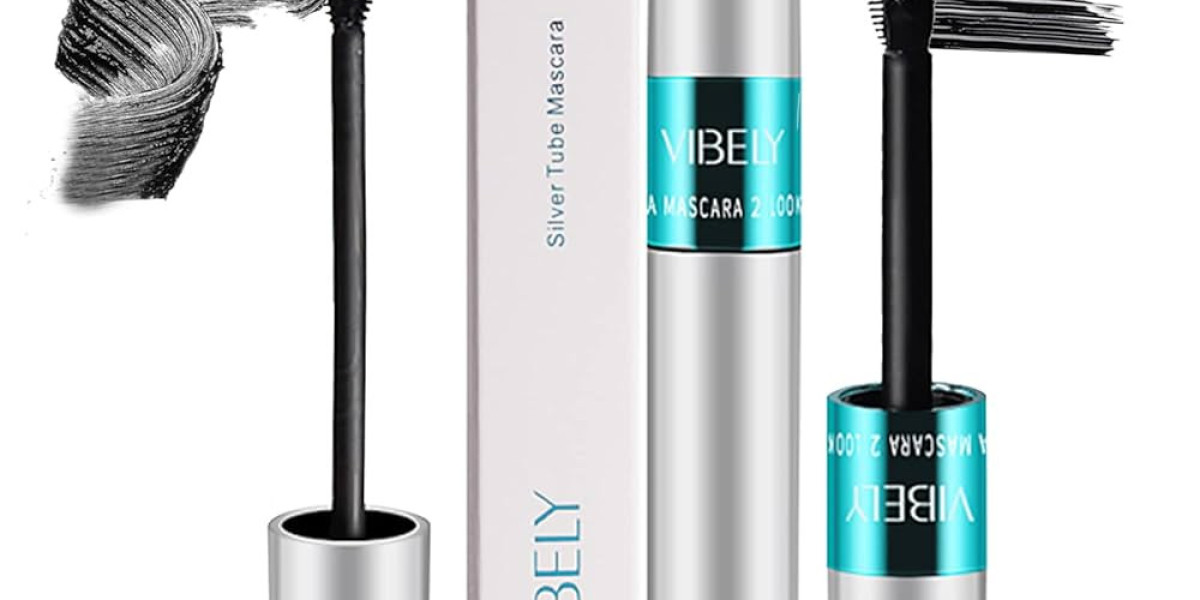Carpets are a popular flooring choice in homes and commercial spaces due to their aesthetic appeal, comfort, and insulation properties. However, carpets also act as filters for dust, allergens, and pollutants, which can accumulate over time. Regular cleaning is essential not only for maintaining the appearance of carpets but also for ensuring a healthy indoor environment. This article explores the science behind carpet cleaning, various techniques, their benefits, and best practices for effective maintenance.
Understanding Carpet Composition
Before delving into cleaning methods, it is crucial to understand the composition of carpets. Carpets are typically made from natural fibers like wool or synthetic fibers such as nylon, polyester, and olefin. The type of fiber influences the cleaning method and products that should be used. For instance, wool carpets require gentle cleaning agents to avoid damage, while synthetic carpets can withstand more robust treatments.

The Importance of Regular Carpet Cleaning
Regular carpet cleaning is essential for several reasons:
- Health Benefits: Carpets trap dust mites, pet dander, mold spores, and other allergens. Regular cleaning reduces these pollutants, improving indoor air quality and reducing the risk of respiratory issues.
- Aesthetic Value: Clean carpets enhance the overall appearance of a space. Dirt and stains can make carpets look worn and uninviting, while regular maintenance keeps them looking new.
- Longevity: Regular cleaning can extend the life of carpets. Dirt and grime can cause fibers to break down over time, leading to premature wear and tear.
- Odor Removal: Carpets can absorb odors from pets, spills, and smoke. Cleaning helps eliminate these odors, contributing to a fresher environment.
Carpet Cleaning Techniques
There are several methods for cleaning carpets, each with its advantages and suitable applications.
1. Vacuuming
Vacuuming is the most basic and essential form of carpet cleaning. It should be performed regularly to remove surface dirt and debris. High-quality vacuum cleaners with HEPA filters can effectively capture allergens and fine particles. It is recommended to vacuum high-traffic areas at least twice a week and less frequented areas once a week.
2. Dry Cleaning
Dry cleaning, or low-moisture cleaning, uses specialized machines and cleaning compounds that require minimal water. This method is advantageous for quick cleaning and is suitable for delicate fibers that may be damaged by excessive moisture. The process involves applying a dry cleaning compound to the carpet, which is then agitated to loosen dirt before being vacuumed away.
3. Hot Water Extraction
Hot water extraction, commonly known as steam cleaning, is one of the most effective carpet cleaning methods. It involves injecting hot water mixed with cleaning agents into the carpet fibers and then extracting the solution along with dirt and allergens. This method is suitable for deep cleaning and is often recommended for heavily soiled carpets. However, it requires adequate drying time to prevent mold growth.
4. Shampooing
Carpet shampooing involves applying a foamy cleaning solution to the carpet, which is then agitated with a machine to lift dirt. Afterward, the foam is extracted along with the dirt. While effective, this method can leave residue if not rinsed properly and may require longer drying times.
5. Bonnet Cleaning
Bonnet cleaning is a surface cleaning method often used in commercial settings. A rotary machine with a absorbent pad is used to scrub the carpet's surface. This method is quick and effective for maintaining the appearance of carpets but does not provide deep cleaning.
Choosing the Right Cleaning Products
Selecting the appropriate cleaning products is crucial for effective carpet maintenance. Here are some considerations:
- pH Levels: The pH of cleaning products can affect carpet fibers. Neutral pH cleaners (around 7) are generally safe for most carpets, while acidic or alkaline cleaners can cause damage.
- Biodegradable Options: Environmentally friendly cleaning products are increasingly available. These options are less harmful to indoor air quality and the environment.
- Spot Cleaners: For stains, it's essential to use spot cleaners specifically designed for carpets. Always test a small, inconspicuous area before applying any product to avoid discoloration.
Best Practices for Carpet Maintenance
To ensure carpets remain clean and last longer, consider the following best practices:
- Regular Vacuuming: As mentioned, frequent vacuuming is vital for removing dirt and allergens.
- Immediate Stain Treatment: Address spills and stains promptly to prevent them from setting. Blot the area with a clean cloth and use appropriate cleaning solutions.
- Professional Cleaning: Schedule professional carpet cleaning at least once a year, or more frequently in high-traffic areas. Professionals have access to advanced equipment and cleaning solutions that can achieve better results than DIY methods.
- Use Doormats and Rugs: Placing doormats at entrances can help reduce the amount of dirt tracked onto carpets. Area rugs can also protect high-traffic areas.
- Rotate Furniture: Changing the layout of furniture can prevent uneven wear on carpets and create a more uniform appearance.
- Humidity Control: Maintaining appropriate humidity levels (ideally between 30-50%) can help prevent mold growth and keep carpets dry.
Conclusion
Carpet cleaning is a vital aspect of home and commercial maintenance that contributes to health, aesthetics, and longevity. Understanding the various cleaning techniques and best practices can help individuals choose the most effective methods for their specific carpets. Regular maintenance not only enhances the appearance of carpets but also promotes a healthier indoor environment. By investing time and resources into proper carpet care, one can enjoy the comfort and beauty of carpets for years to come.







